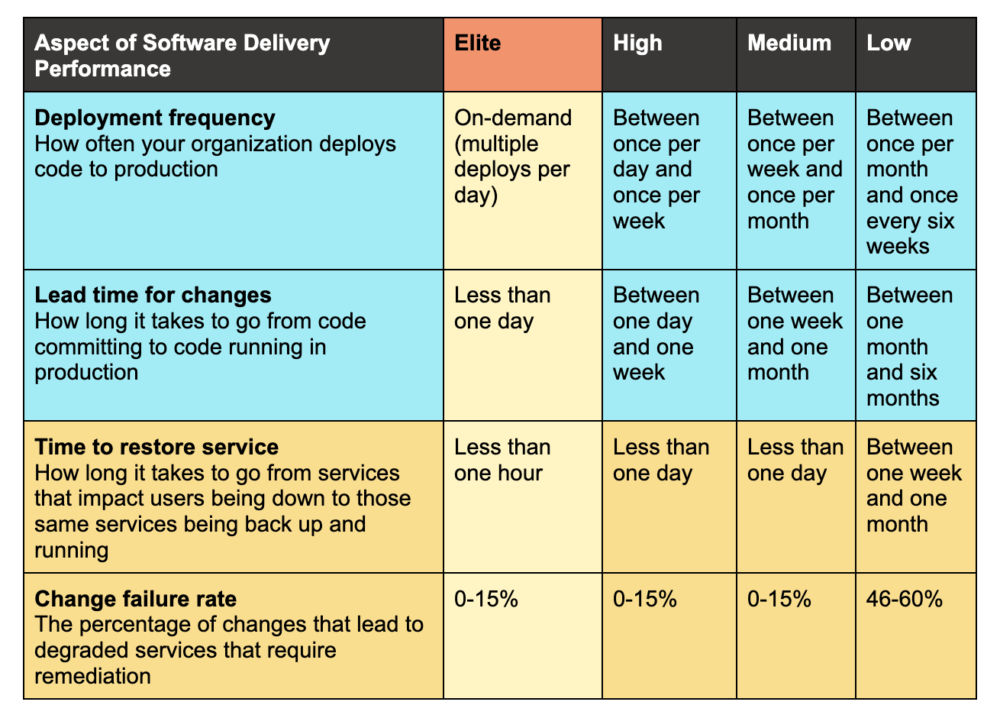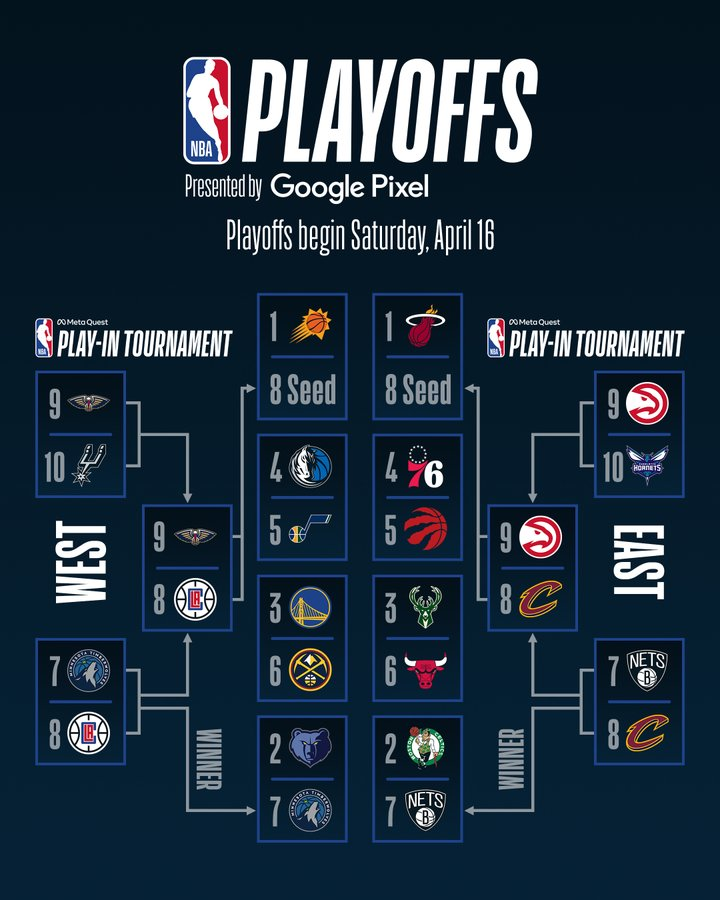What Do DevOps and the NBA Have in Common?
With the NBA Finals having kicked off, basketball is on many people’s minds. As I was trying to figure out what qualifies teams to enter into the NBA playoffs earlier in the season, I realized that a ranking system like the one in DevOps Research and Assessment (DORA) is used. So, I started putting this blog post together to help me internalize DORA metrics as well.
If you’re unfamiliar with methods to measure the success of your team’s DevOps practices but have been spending late nights rooting for your favorite NBA team, don’t fret. Let’s look at some similarities between the DevOps world and the basketball world to make learning about DORA metrics easier—and hopefully more fun.
“Dora” is not just an adorable explorer embarking on bilingual adventures. In tech, DORA also represents the metrics that DevOps teams use to measure their own performance. Based on how teams fare with those metrics, they can be bucketed into categories labeled Elite, High, Medium, and Low (see below table sourced from a Google Cloud blog post):

This information on the DORA breakdown is a valuable way to set benchmarks against which we can measure our own DevOps practices.
Let’s explore DORA and…the NBA playoffs
Did you know that NBA teams go through a “seeding” process to decide whether they make it to the playoffs? Seeding is a mechanism for ranking teams and is based on each team’s win-loss record throughout the regular playing season.
The traditional playoff tournament in North America consists of 16 total teams (eight teams in the Eastern Conference and eight in the Western Conference).
According to Jack Green, sports writer for the Betway Insider, “The team with the best record in each conference [Eastern and Western] receives the no. 1 seed [for their respective conference].” The no.1 seed is automatically entered into the playoff season along with 5 other highest ranking teams.
Teams that were ranked seven through ten, based on their win-loss record during the regular season, compete in a “play-in” tournament for a chance to be considered for the 7th and 8th seed pick, which would allow these teams to enter the traditional playoff tournament structure.
Here’s a visual example, provided by the NBA, showing where each “seed” is planted into a bracket system and how the play-in tournament contributes to the playoff tournament structure:

Despite the Miami Heat and the Phoenix Suns being top seeds in their respective conferences, neither team progressed to the final match-up this year. For the 2022 playoffs, the Boston Celtics and Golden State Warriors are facing off for the championship.
DORA and the NBA seeding process are similar in a few ways, but I’ve summarized two key points below:
1. Both aim to Jimmy-bucket teams.
- DORA helps determine whether a software development team can be considered Elite, High, Medium, or Low performing.
- The NBA seeding process helps determine team placement in the playoff bracket system.
2. Both are data-driven processes.
- To determine DORA scores, the following aspects are measured:
- (DF) Deployment Frequency
- (LT) Lead Time for Changes
- (MTTR) Mean Time to Recovery
- (CFR) Change Failure Rate
- To determine NBA seeds, there are many factors that contribute to a team’s ability to win games, which ultimately informs their record and how they seed. Points, rebounds, and assists per game are among a few of these metrics.
In sum, DORA and the NBA playoffs really aren’t that different. They’re both just a structured way of determining how successful a team is at achieving specific goals.
Where does Postman fit in?
When considering how DORA scores are assessed, as developers, we have to wonder what processes, tools, and habits we can assume in order to inch closer to Elite status. The Postman API Platform offers a variety of capabilities to bolster higher scores in this regard, all while considering and accommodating developers’ experiences throughout the API development journey.
Postman is known for its testing and debugging prowess as well as its ability to be a key player in DevOps lifecycles. DORA Research Lead Dustin Smith, in his review of the 2021 Accelerate State of DevOps Report, considers an additional 5th metric for DORA: Reliability. Postman monitors address a number of use-cases related to reliability that impact this 5th metric. Newman, Postman’s command-line collection runner, is another tool that fits neatly into CI/CD pipelines which DevOps engineers are likely implementing in processes being measured for performance on DORA’s rubric.
Developer fun and games
Approaches to rating developer workflows can resemble systems we find in our everyday lives. The next time you track your favorite team’s rankings during intense tournaments, for example, you might find some interesting parallels to the tech space.

Very intresting Article to Read, no boring while reading
Thanks & Regards
V.saibabu
Thanks for posting, looking forward to the games starting!
Never thought about it this way, appreciate the blog!
So excited for the season to start. Can’t wait!
Your blog was amazing , and really i love your blog
Thanks & Regards
V.saibabu
Nice Article very glad to read your Article
Thanks & Regards
V.saibabu